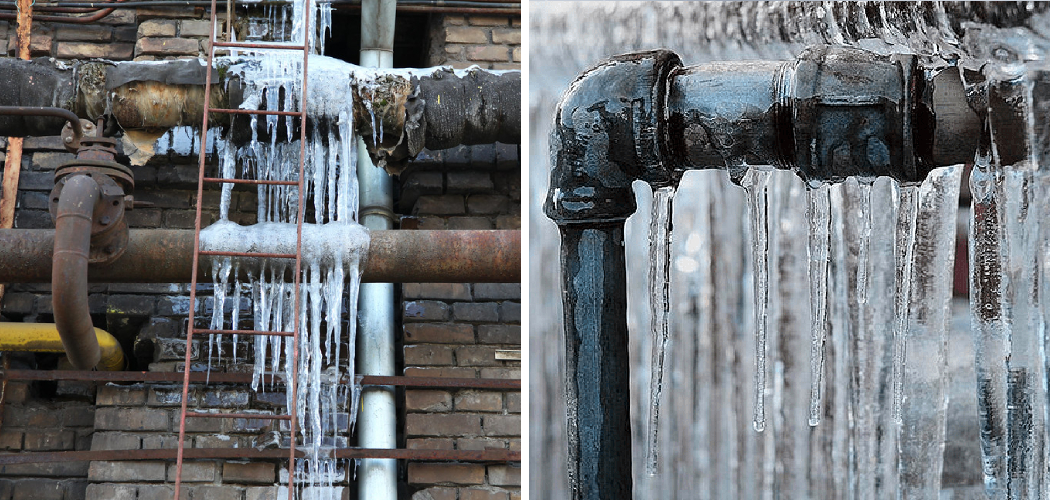The winter months often bring with them a whole host of problems, from shoveling snow and slipping on ice to dealing with frozen pipes. Ensuring your pipes don’t freeze can be especially important for homeowners, as this usually leads to costly repairs that require professional help.
The good news is that there are easy steps you can take right now to help prevent freezing in the colder areas of your home – by learning how to properly drain pipes before temperatures start dropping below freezing!
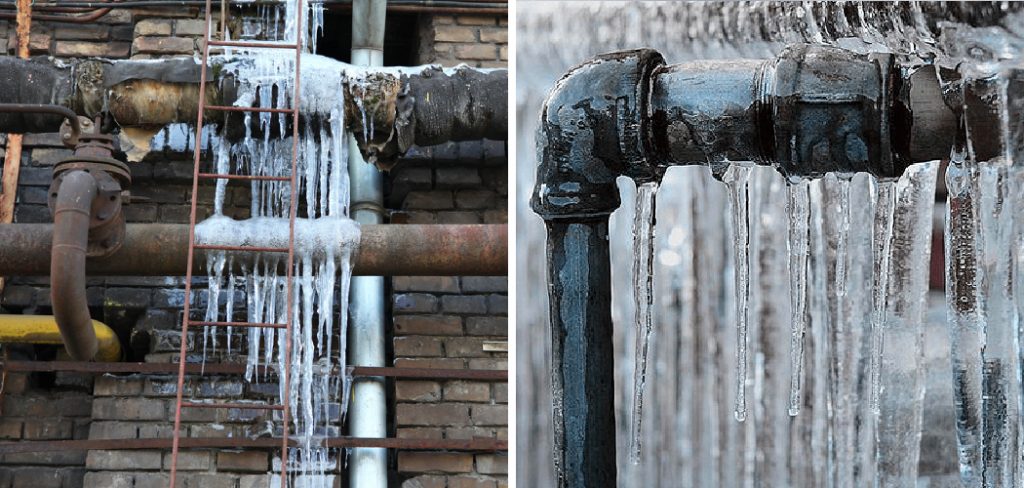
In this blog post, we’ll discuss why it’s so important to know how to drain pipes to prevent freezing and provide guidance on how you can drain your home’s pipes efficiently to avoid any potentially costlier repairs down the line.
Understanding the Importance of Preventing Pipe Freezing
Pipe freezing is a hazardous issue for any home or business. When temperatures drop below freezing, water inside the pipes can freeze and cause them to swell and burst, leading to expensive repairs. Taking preventative measures by draining pipes in cold weather can help protect against this problem.
When pipes are drained before winter sets in, it eliminates standing water that could potentially freeze. This prevents pressure buildup that can eventually lead to pipe bursting due to extreme fluctuations in temperature.
Also, using insulation around exposed piping throughout the home or business is an effective way of keeping them from getting too cold during the winter months. By adding extra protection where needed, this allows for better heat retention and reduces the risk of frozen pipes altogether.
Additionally, installing a water heater blanket or installing heat tape to areas of exposed piping can help slow down the freezing process and ensure water runs throughout the entire home or business. This also decreases the risk of low temperatures causing blockages in plumbing systems, which are often difficult and expensive problems to fix.
In summary, taking proactive measures to prevent pipe freezing is essential for any homeowner or business owner. By draining pipes, using insulation and adding heating devices as necessary, individuals will be able to protect their property from costly damages caused by frozen pipes during cold months.
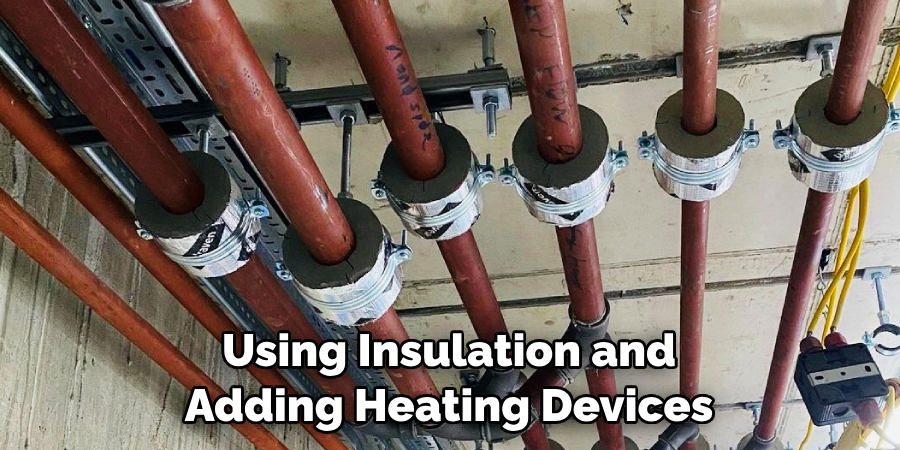
Taking these steps now can save time and money in the long run by preventing major repair bills associated with frozen pipes bursting.
The Risks and Damages Caused by Frozen Pipes
Frozen pipes are a major concern for many homeowners. Not only do they cause inconvenience, but they can also lead to costly repairs due to the potential damage that frozen pipes can cause. Freezing temperatures can cause water inside of the pipes to expand, which can lead to cracked or burst pipes and flooding in your home.
In addition, frozen pipes may inhibit their normal functioning leading to decreased water pressure throughout your home. This is why it is so important to take steps to prevent freezing by properly draining and winterizing your plumbing system before cold weather sets in. Taking these precautions now will help you avoid costly repairs later on.
If frozen pipes do occur despite all preventative measures taken, there are several ways you can thaw them. The first step is to shut off the main water supply and keep any faucets open so that any remaining water can slowly escape while the pipes are thawing.
You should also check for signs of damage such as cracks or leaks in the pipe, and if there are any, call a plumber before attempting to thaw them further.
How Pipes Freeze and What Causes It
When temperatures drop below freezing, water inside of the pipes can start to freeze. This happens because the temperature around the pipe drops below 32°F, which is the freezing point for water. As it freezes, more and more ice builds up in the pipe until eventually it blocks off all flow of water altogether.
The pressure that builds from this blockage can cause cracks in your pipes or even burst them open completely.
Preventing frozen pipes requires some preparation and precautions ahead of time. One way to do this is by draining all of the water from any exposed sections of your plumbing system before it gets too cold outside.
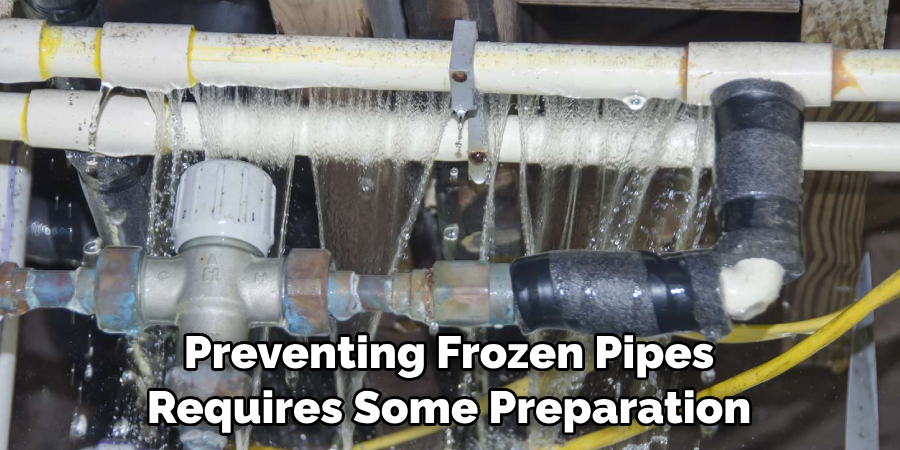
This will ensure there isn’t any standing water left behind that could freeze and potentially damage your pipes. Additionally, you can take other steps to help protect your pipes and keep them from freezing in the future.
For example, wrapping exposed pipes with insulation will help reduce the chances of it becoming too cold for the water inside. Additionally, turning off any outdoor faucets during cold weather is a good way to prevent frozen pipes since it stops cold air from entering into the pipe itself.
Finally, make sure that any cracks or gaps around exterior walls or windows near plumbing are sealed tightly as these can let in cold air and contribute to frozen pipes. Taking these steps now will help ensure that your plumbing system remains safe and operational when temperatures drop significantly!
10 Ways How to Drain Pipes to Prevent Freezing
1. Shut Off the Water Supply:
The first step in preparing your pipes for winter is to shut off the main water supply. Locate the main shut-off valve and turn it clockwise to stop the flow of water. This prevents water from entering the pipes and reduces the risk of freezing. Shutting off the water also helps prevent damage from bursting pipes.
However, if you have an outdoor faucet or hose bib, it is important to shut off the water supply and then drain them completely.
2. Open All Faucets and Drains:
To facilitate the drainage process, open all the faucets and drains in your home. This includes sinks, showers, bathtubs, and outdoor spigots. By doing so, you allow air to enter the system and help water flow out more easily.
You will also be able to hear any clogged spots as water flows through the pipes. However, you should avoid flushing toilets during this step as it could cause too much pressure on the system.
3. Flush Toilets and Drain Water Appliances:
Flush all toilets in your home to remove as much water as possible from the toilet tanks and bowls. Additionally, drain any appliances connected to the plumbing system, such as washing machines, dishwashers, and hot water heaters. Refer to the manufacturer’s instructions to safely drain these appliances.
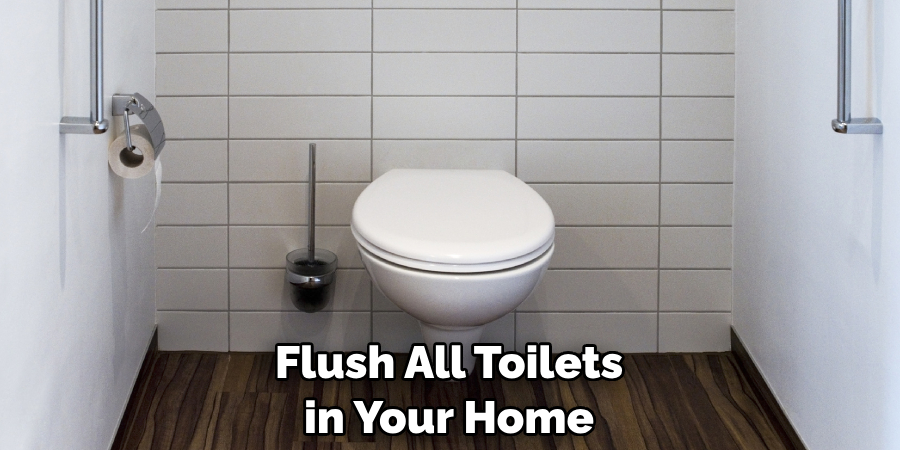
To ensure complete evacuation, open the shut-off valve near the appliance and allow all water to drain from it.
4. Insulate Exposed Pipes:
Identify any exposed pipes in unheated areas of your home, such as basements, attics, and crawl spaces. Insulate these pipes using pipe sleeves, heat tape, or foam insulation. This insulation provides a protective barrier against freezing temperatures and helps maintain the temperature of the water inside the pipes.
Make sure insulation is securely fastened to the pipes and sealed with adhesive tape. If you’re unsure of how to properly insulate exposed pipes, consider hiring a professional to do it for you.
5. Utilize Compressed Air:
Another effective method to drain pipes is by using compressed air. Connect an air compressor to the plumbing system through an outdoor spigot or other access point. Begin with the furthest faucet from the main water supply and gradually work your way back, blowing air through each faucet until water stops flowing.
This is a relatively straightforward and cost-effective way to drain outdoor pipes. Be sure to use a safety mask, goggles, and protective gear when using compressed air. Additionally, when using a compressor to drain pipes, clear the access area of any dry vegetation or other obstacles in order to prevent sparks that could be caused by the compressor.
6. Install Drain Valves:
Consider installing drain valves at low points in your plumbing system. These valves allow you to easily drain excess water from the pipes. By attaching a hose to the valve, you can redirect the water to a safe location, away from your property. This will help ensure that water can’t accumulate and create an area of potential freezing.
You can also install drain valves on outdoor spigots and in any crawl spaces near plumbing lines. This is especially helpful if you live in a cold climate where temperatures drop below freezing during the winter months. Doing so can help save you time and money in the long run by preventing pipes from freezing and bursting.
7. Gravity Drainage:
Gravity drainage involves using the natural downward flow of water to drain your pipes. Locate the lowest point in your plumbing system and open the drain valve or faucet. Allow gravity to assist in emptying the pipes, removing as much water as possible.
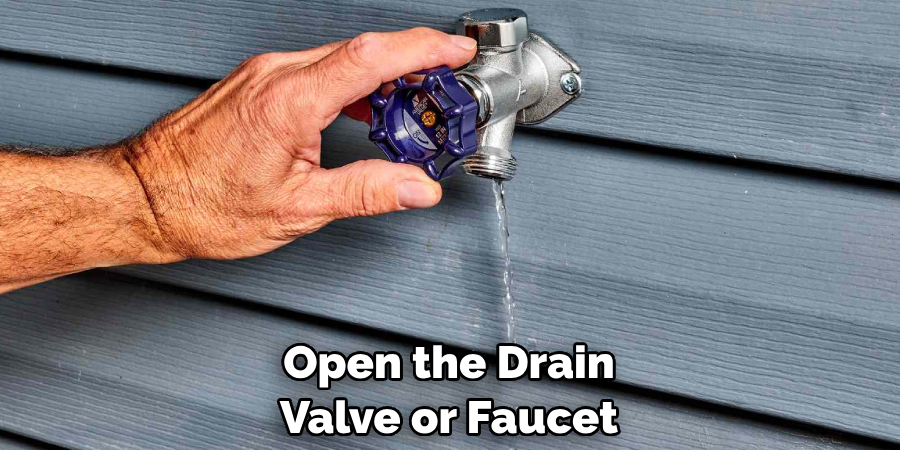
However, this method is limited in effectiveness, as it has to work against the pressure of the water supply. Though it can be an effective way to prevent freezing in small systems, some homes may require a more efficient solution.
8. Use Antifreeze:
In areas where water cannot be completely drained from the plumbing system, the use of antifreeze can provide protection against freezing. Choose a non-toxic antifreeze suitable for plumbing systems and follow the manufacturer’s instructions carefully.
Remember to only use antifreeze approved for this purpose, as some antifreeze products may be harmful if ingested or not intended for plumbing use.
Add the antifreeze to all plumbing fixtures, including toilets, sinks, and tubs. Be sure to also fill the traps in all the drains. This will help keep the water from freezing and causing damage to the pipes. Be sure to also use a few drops of baby oil which can help lubricate the seals and prevent them from dry rot.
9. Seek Professional Assistance:
If you are unsure about how to effectively drain your pipes or if your plumbing system is complex, it is advisable to seek professional assistance. A licensed plumber can ensure that your pipes are properly drained and provide expert guidance tailored to your specific situation.
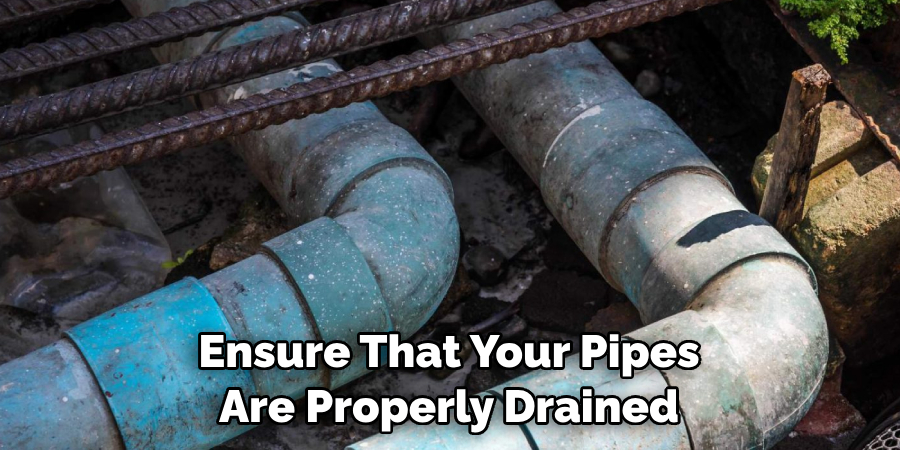
They will also be able to assess the overall health of your plumbing system and advise of any additional measures you may need to take in order to protect your pipes from a winter freeze.
Additionally, they may also be able to recommend preventative measures to help ensure that your pipes remain in good condition throughout the winter months. Ultimately, professional plumbing assistance can help you safeguard your home against the potential disasters that a burst pipe can cause.
10. Regular Inspections:
Lastly, perform regular inspections of your plumbing system to identify any potential issues. Check for leaks, cracks, or other vulnerabilities that could compromise the integrity of your pipes. By promptly addressing these problems, you can prevent freezing and subsequent damage.
Additionally, if your pipes are exposed to the elements, such as in a basement or outdoors, insulate them with insulation wrap so they don’t get too cold. This will help protect them from freezing.
By following these steps, you can ensure that your pipes are properly drained to prevent freezing and any subsequent damage. Regular inspections, cleaning out debris, and proper insulation are all key components for protecting your plumbing system during the cold winter months. Taking proactive measures now can save you a lot of expense down the line.
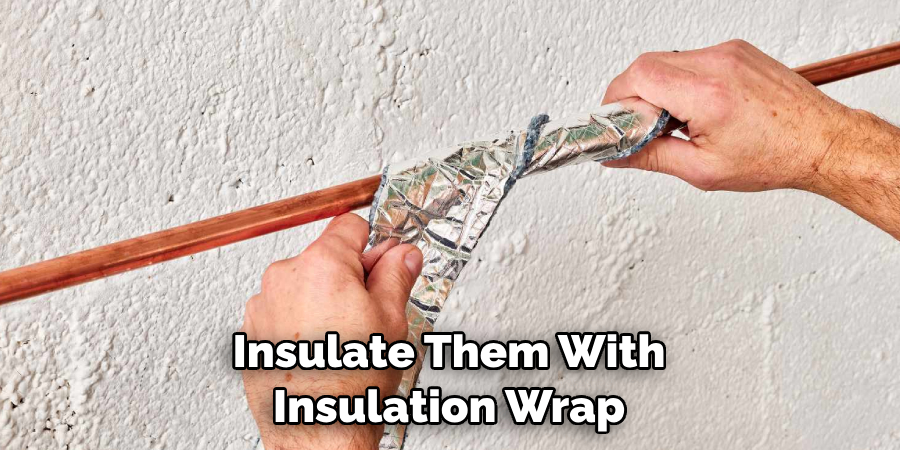
Conclusion
Maintaining your pipes by draining them in the fall is an essential step to avoiding frozen and burst pipes. With this guide, you can ensure that your pipes remain icy chill free through the winter months and have no unfortunate (though avoidable) accidents! Since the process is relatively simple and straightforward, there’s absolutely no reason to wait any longer.
So what are you waiting for? We hope that we’ve clearly outlined all of the steps necessary for how to drain your pipes to prevent freezing in time for winter. If you’re still feeling lost or intimidated by taking on such a project, then don’t hesitate to bring in a professional plumber – it might cost more upfront but it will be well worth it in the end as they can guarantee a job well done.
Hopefully, this article gave you some helpful tips about how to drain pipes to prevent freezing successfully, so now that you have the proper knowledge on how to get the job done, why not give it a try today?

